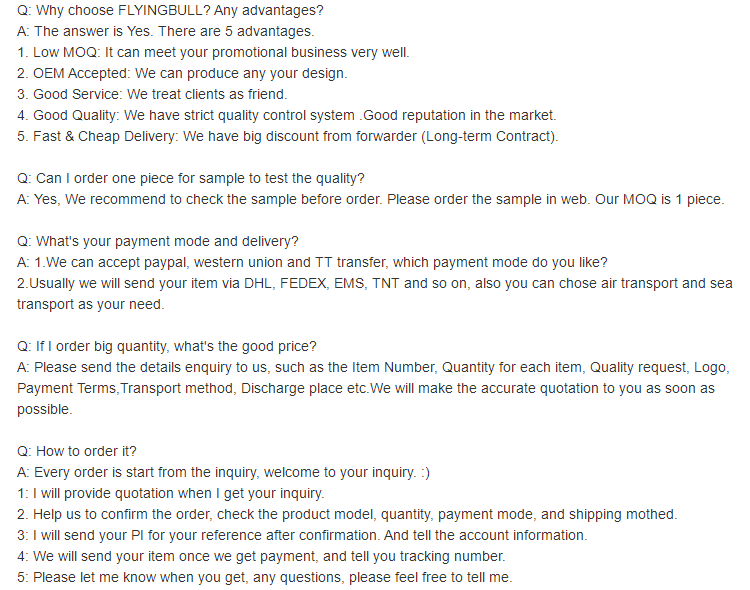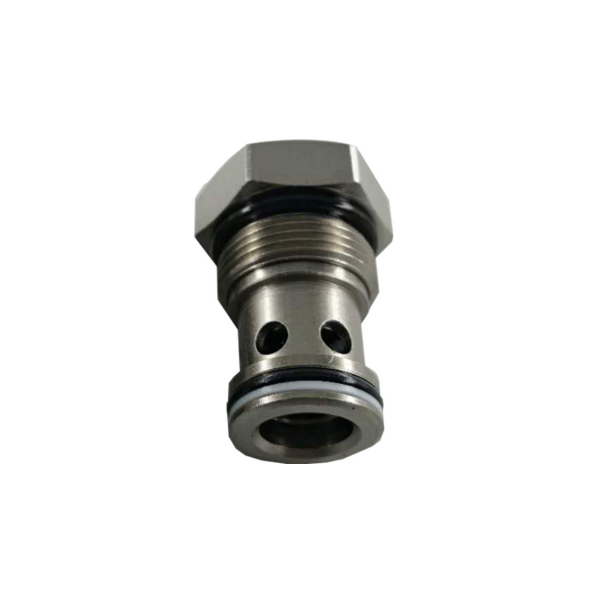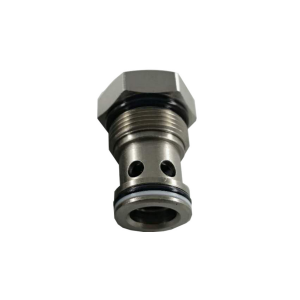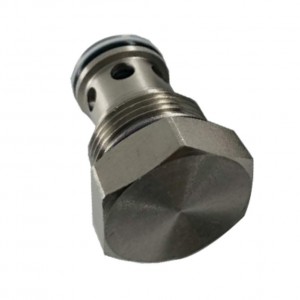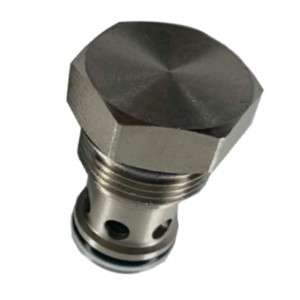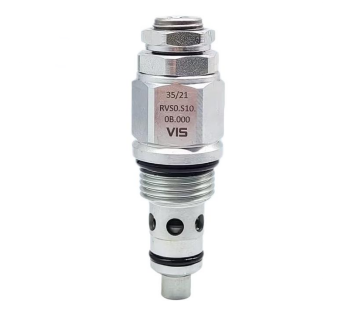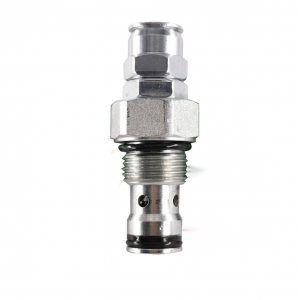Hydraulic system pressure maintaining valve CCV-16-20
Details
Applicable medium:petroleum products
Applicable temperature:110(℃)
nominal pressure:0.5(MPa)
Nominal diameter:16(mm)
Installation form:screw thread
Working temperature:one
Type (channel location):Two-way formula
Type of attachment:screw thread
Parts and accessories:valve body
Flow direction:one-way
Type of drive:pulse
Pressure environment:ordinary pressure
Main material:cast iron
Specifications:16-size check valve
Product introduction
Pressure maintaining valve is an important valve used to maintain a certain pressure or work in a certain pressure range. Its main principle is that when the set pressure exceeds the set pressure, the pressure maintaining valve will automatically open, releasing excess gas or liquid, thus reducing the pressure. When the pressure is lower than the set value, the pressure retaining valve will automatically close to prevent the entry of external gas or liquid, thus keeping the pressure value unchanged. The structure of pressure maintaining valve is generally composed of pressure chamber, valve core, valve seat and power mechanism. The pressure in the pressure chamber is transmitted to the valve core by the power mechanism, and the change of the valve core will affect the opening and closing of the valve. When the pressure in the pressure chamber exceeds the set value, the power mechanism transmits power to the valve core, and the working medium in the valve core will be discharged outward, thus reducing the pressure in the pressure chamber; When the pressure in the pressure chamber is lower than the set value, the valve core is not pushed by force, and the working medium in it will block the valve, thus keeping the pressure in the pressure chamber unchanged.
Pressure maintaining valves are widely used in many aspects, mainly used in hydraulic systems, automobile cooling systems, steam fire fighting systems, water treatment systems and so on. It can effectively control the pressure, ensure the safety and reliability of the system and make the operation of the system more stable and reliable
Slide valve reversing valves all have clearance leakage, so they can only keep pressure for a short time. When pressure maintaining is required, a hydraulically controlled one-way valve can be added to the oil circuit, so that the oil circuit can maintain pressure for a long time by using the tightness of cone valve
Product specification


Company details







Company advantage
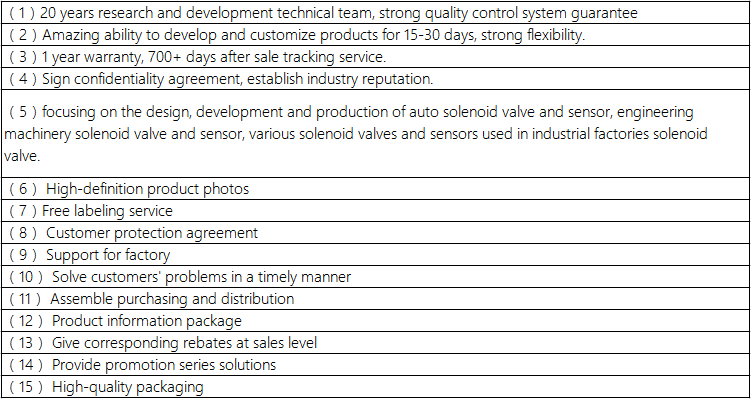
Transportation

FAQ
